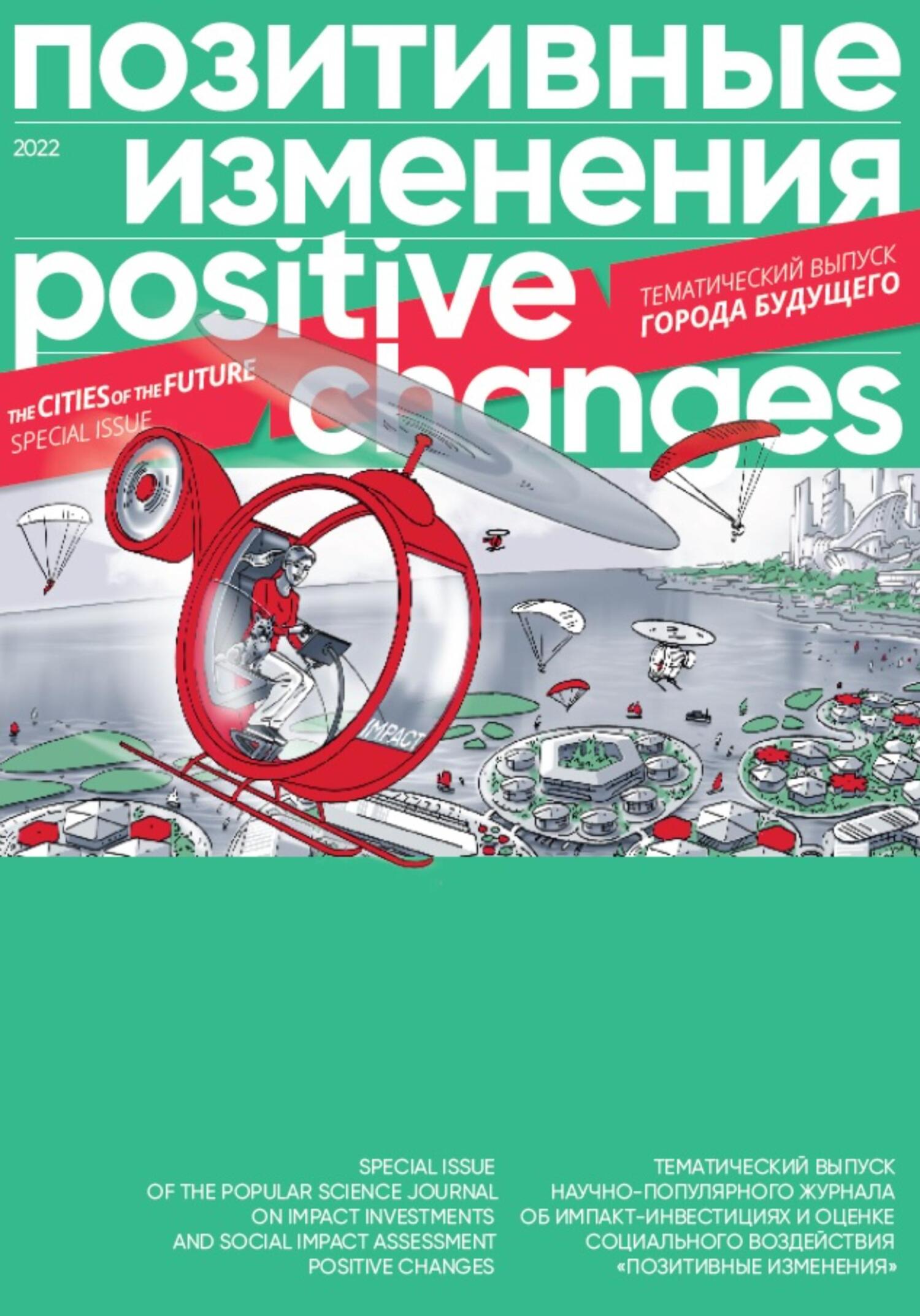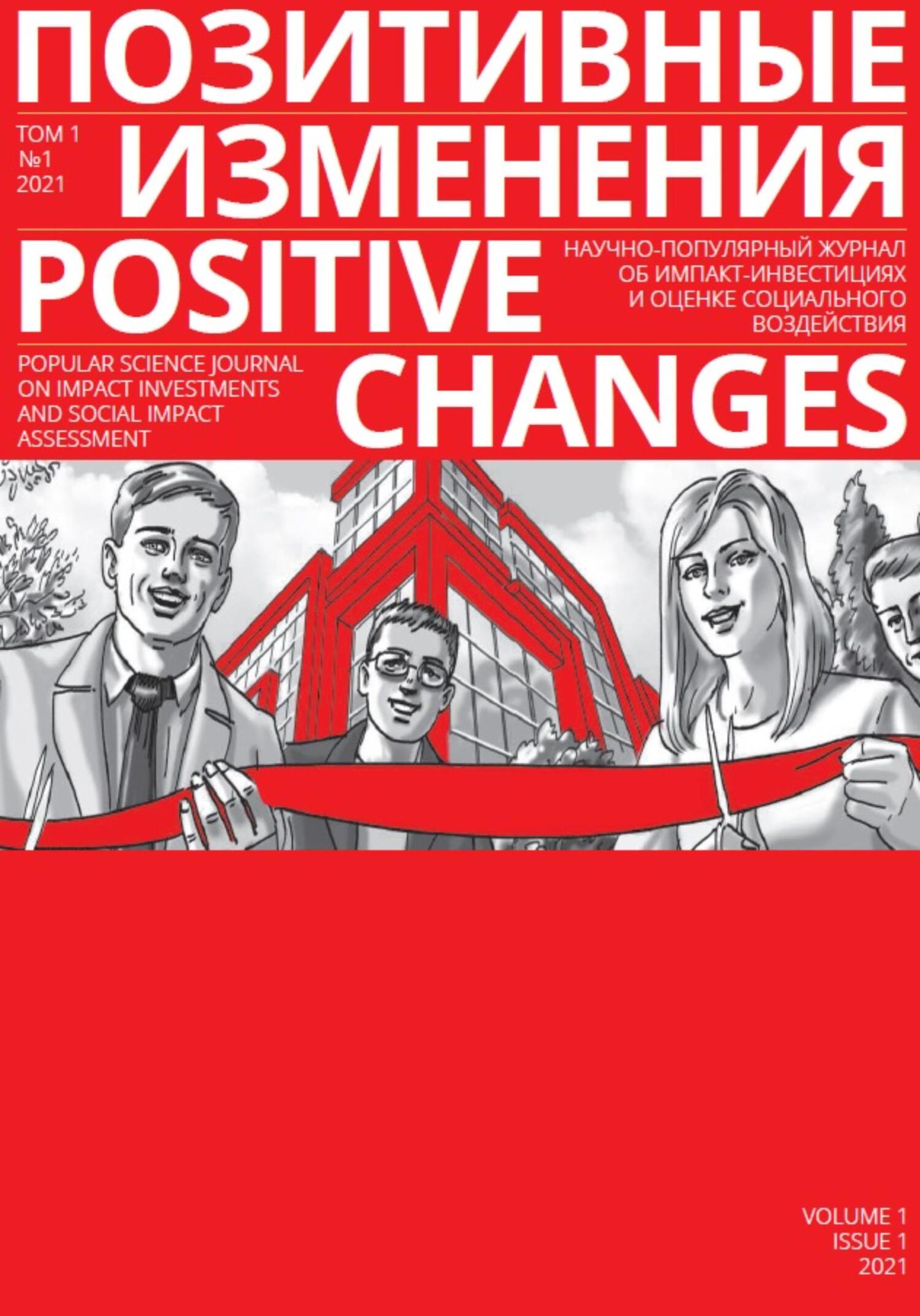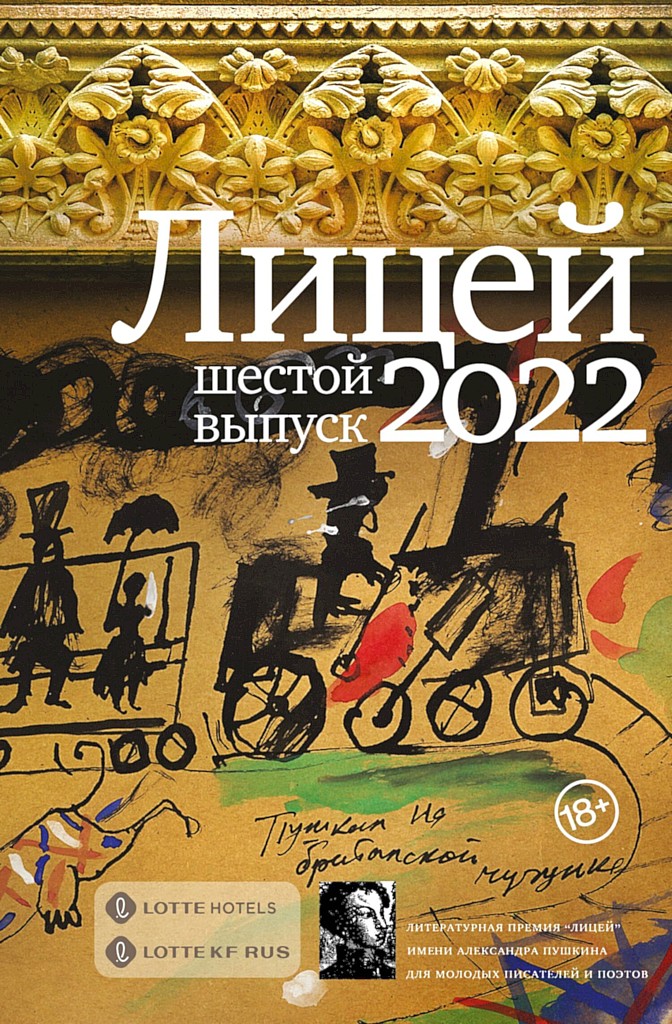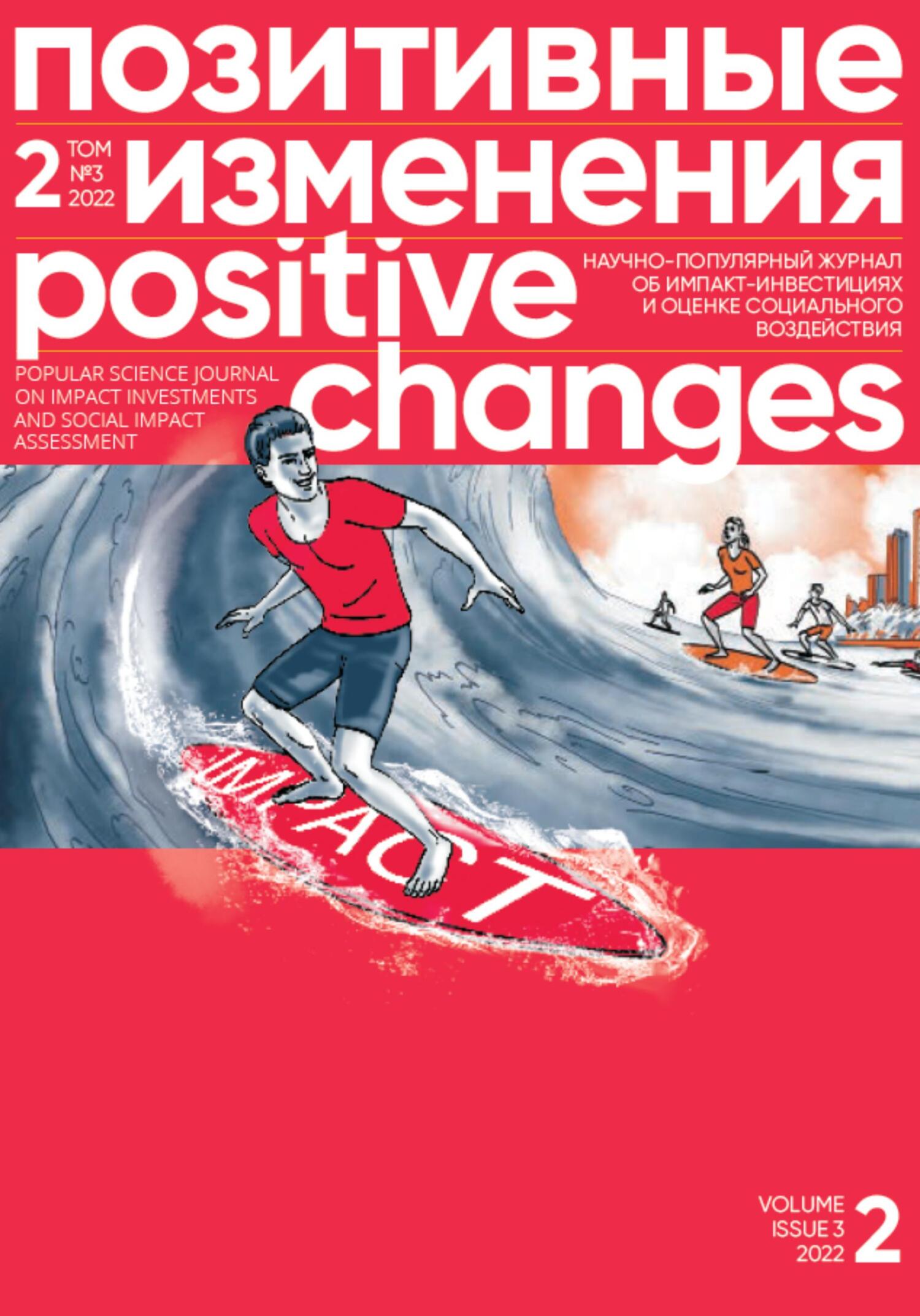of this model society, the pillar of the future life order, then to make it possible, it is time to start talking about, developing and implementing the most effective modules for implementing the model.
This means one or more modules saturated to the extreme with various aspects of the future life order model, which can be easily integrated with the current life order of the society, and deployed, with all their aspects, into the living system of the society with the least conflict with the existing organs and systems and the respective risks.
In this respect, the most suitable module seems to be that of the creation of "Cities of the Future." Cities of the Future are obviously the one module with most complete attributes of human life and society of the future, being essentially a scale model of the society, so all the necessary aspects and spheres of the new life model can be elaborated in the process of creating Cities of the Future.
To achieve this goal, an important element of prioritizing specifically the module of creating Cities of the Future is its multitasking — the ability to raise and solve simultaneously a great number of systemic issues necessary to build a new public system, without facing the significant risks of full-scale development of such a system, as any specific aspect and the entire system can be declared as experimental, until we are confident enough in the status of that aspect or the system in general.
Also, the Cities of the Future module can be used to address one of the most important objectives for Russia — that is, gluing together all its territories and turning them into a single effective and well-orchestrated organism. It seems necessary to address this task by defining various development concepts for different parts of Russia — Okrugs or Regions, each of which would have to perform its own unique function aligned with the predominant strengths, determinations and qualities of the respective territory and its population. At the same time, the development concept of each region must be fully aligned and integrated with the overall development concept of the country as a carrier of the new model of society’s life order — the Humane Society, revealing its various facets. This approach will enable turning the country into a single living organism, where each part is an organ performing its own function, rather than all doing the same thing, interfering and competing with each other and thus undermining each part’s capacity and ruining the synergies. It is therefore possible to develop each region into a unique competency center and the respective center of gravity for the people of appropriate nature, aptitudes, abilities and talents for certain areas of life coming from all over the country and beyond. These competency centers and centers of gravity can emerge in such sectors as education, science, culture, energy, security, economy, management, technology, production of certain goods, agriculture, various intellectual spheres, etc. It is important to emphasize here that we are not talking about the division of functions and their isolated performance by one or another part of the country; each region would still have all the institutions necessary for a fully independent functioning, with a focus on the development of a specific aspect.
An important element of prioritizing specifically the module of creating Cities of the Future is its multitasking — the ability to raise and solve simultaneously a great number of systemic issues necessary to build a new public system.
By implementing such a mechanism, we could "turn back the tide" of the current wrongheaded urbanization process, when the country’s population gravitates towards maybe fifteen to twenty cities, and ultimately to just one or two metropolitan regions, leading obviously to numerous risks and challenges.
The City of the Future, as a model, could be a territory where the people can live a full life, in and of themselves. It can be divided into residential areas, natural areas needed to maintain the environment of the common space, land for agricultural production, industrial areas, public recreation and leisure facilities (parks, squares, embankments, etc.), commercial areas (offices, business centers, etc.), consolidated trade zones, all necessary local and general social infrastructure to ensure the complete cycle of society functioning in all aspects of life — pre-school, secondary and higher education institutions, research centers, cultural amenities (theaters, cinemas, musical schools, concert halls, museums, etc.), and healthcare facilities (clinics, hospitals, medical institutes, etc.), and so on. Zoning of the City of the Future must be carried out in accordance with the new norms to ensure its integrity and self-sufficiency in performing its internal and external functions according to the principle of "autonomous organism."
It is possible to develop each region into a unique competency center and the respective center of gravity for the people of appropriate nature, aptitudes, abilities and talents for certain areas of life coming from all over the country and beyond.
Some of the following principles can be integrated in the design of the Cities of the Future:
• Population — up to about 100 thousand people;
• Total area — up to 25 km2 (for example, 5x5 km);
• Land distribution and urban zoning must follow the established norms in proportion to the total land area, to avoid disproportions and misalignment: natural territories — at least (%), public rest and recreation areas — at least (%), urban commercial and trading areas — no more than (%), residential areas with complete internal infrastructure — (%), etc.;
• Requirements for the availability of local infrastructure must be established in proportion to the capacity and purpose of the residential areas, including new types of infrastructure (neighborhood centers, community centers, urban public spaces, art spaces, co-working areas, etc.);
• As far as the local transportation is concerned, the City of the Future must prioritize the use of small and eco-friendly transport — bicycles, electric vehicles, etc.;
• Convenient and compact — the standards must establish that each urban planning unit (block, neighborhood) is





